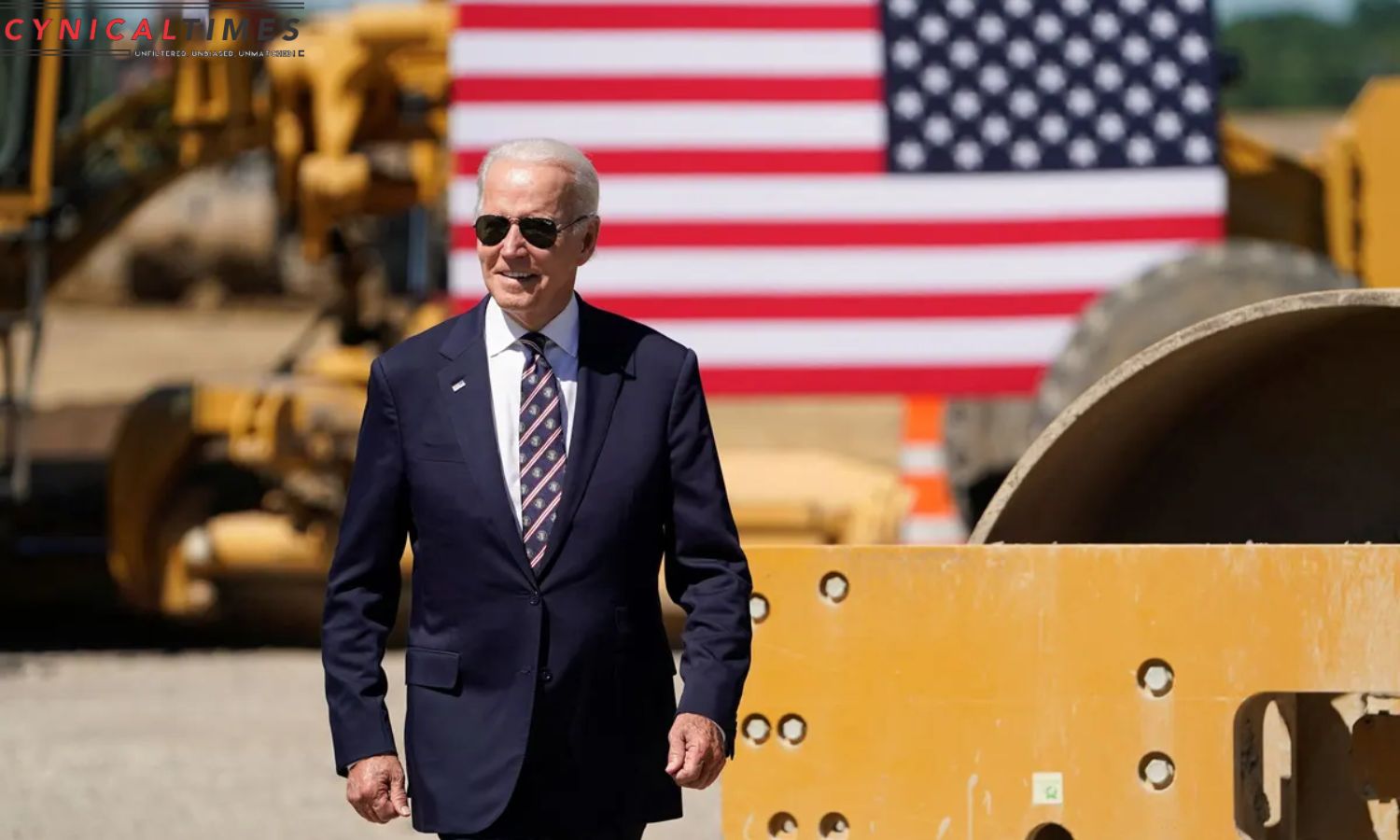Biden Political Ballet: In the realm of American politics, President Joe Biden faces a daunting challenge as polls reveal a weakness among non-White voters, fueling Republican optimism. The GOP, having solidified its strength among working-class White voters, now eyes a potential breakthrough with working-class minority voters.
The historical trajectory of working-class White voters shifting to the GOP, initiated in the 1970s and 1980s, reached its zenith under Donald Trump. A similar trend is now observed among working-class minority voters, drawing parallels to the rejection of Democratic cultural liberalism seen in the 1960s and 1970s by their White counterparts.
Analysts propose that working-class Latino and Black voters are aligning with the GOP, distancing themselves from perceived excesses of “woke” ideology on issues such as crime, immigration, and LGBTQ rights. This narrative fuels the notion of a burgeoning “multiracial populist coalition” within the Republican Party, as articulated by GOP pollster Patrick Ruffini.
Recent polls indicate a narrower lead for Biden among both Black and Latino voters in a potential 2024 rematch with Trump. Yet, skepticism lingers about a lasting structural realignment, with immediate dissatisfaction with the economy under Biden possibly influencing current trends.
The economic factor emerges as a central theme, with some arguing that Trump’s appeal to working-class minority voters in 2020 was grounded in the perception of his superior economic qualifications, particularly amid the Covid-19 pandemic. However, others contend that the dissatisfaction with Biden’s economic performance may not necessarily indicate a cultural realignment but rather a transient sentiment tied to economic conditions.
As Republicans strive to counter the decline of White working-class voters, strategists like Ruffini advocate for expanding support among non-White voters, especially those without college degrees. The GOP’s success in this endeavor is crucial, given the shrinking influence of White working-class voters in the overall electorate.


Also Read: Vintage Vagaries European Winemakers Navigate Climate Chaos and Market Swirls
The 2020 election saw unexpected gains for Trump among non-White voters without a college degree. Exit polls revealed an increase in Trump’s support, challenging conventional expectations. However, the reasons behind this shift remain contested, with debates about whether it signifies an ideological rejection of Democrats or a response to Trump’s economic policies.
The 2022 midterm election brought a temporary stall in the movement of non-college-educated minority voters toward the GOP. Democrats managed to secure a slightly higher percentage of Latinos without a college degree compared to the 2020 presidential contest. This could indicate a nuanced response to economic discontent and Biden’s performance.
Despite these developments, caution is advised in interpreting the 2022 results, as the dynamics may differ in presidential election years. Grassroots organizers suggest that Democrats can win economic arguments among minority voters by emphasizing policies aimed at addressing their concerns.
While recent polls show a narrow lead for Biden among minority voters, concerns arise about the party’s standing in these communities. Dissatisfaction with Biden’s economic policies and a perceived trust deficit on economic matters create openings for the GOP, especially if they prioritize issues of economic relevance.
The challenge for Biden lies in convincing minority voters that the Democratic agenda aligns with their economic interests, countering potential discontent. The GOP’s focus on cultural and racially tinged issues may pose both a threat and an opportunity for Democrats, depending on their ability to navigate these complexities.
As the tug-of-war intensifies for the allegiance of working-class voters, the outcome will significantly impact the trajectory of American politics. The intricate dance between economic policies, cultural considerations, and voter perceptions will determine whether Biden can secure a second term and whether the GOP’s multiracial populist coalition becomes a lasting force in American politics.
Our Reader’s Queries
Is New Hampshire a red or blue state?
New Hampshire voters are known for their independent nature, making it a highly contested state in most election cycles. Despite this, the state has predominantly voted for Democratic candidates since 1992, with only one exception. In the 2020 election, Joe Biden emerged victorious with a lead of approximately 7% over Donald Trump.
When did Joe Biden become president?
Joe Biden took office as the 46th President of the United States on January 20, 2021, with Kamala Harris as his Vice President. He succeeded Donald Trump in this role. Prior to this, Biden served as the 47th Vice President of the United States.
How do you write a president and vice president?
If you wish to contact the White House, we recommend emailing us for a faster response. However, if you prefer to send a letter, please type it on an 8 1/2 by 11 inch sheet of paper for clarity. If you choose to hand-write your letter, please use an ink pen and write as neatly as possible. Don’t forget to include your return address on both the letter and envelope for our records. Thank you for your communication.
What did Biden do as VP?
With a focus on improving the lives of middle class Americans, reducing gun violence, addressing violence against women, and finding a cure for cancer, Vice President Biden has taken charge by convening sessions of the President’s Cabinet, leading interagency efforts, and working with Congress. His dedication to these important issues has been unwavering, and he continues to push for progress in these areas.

